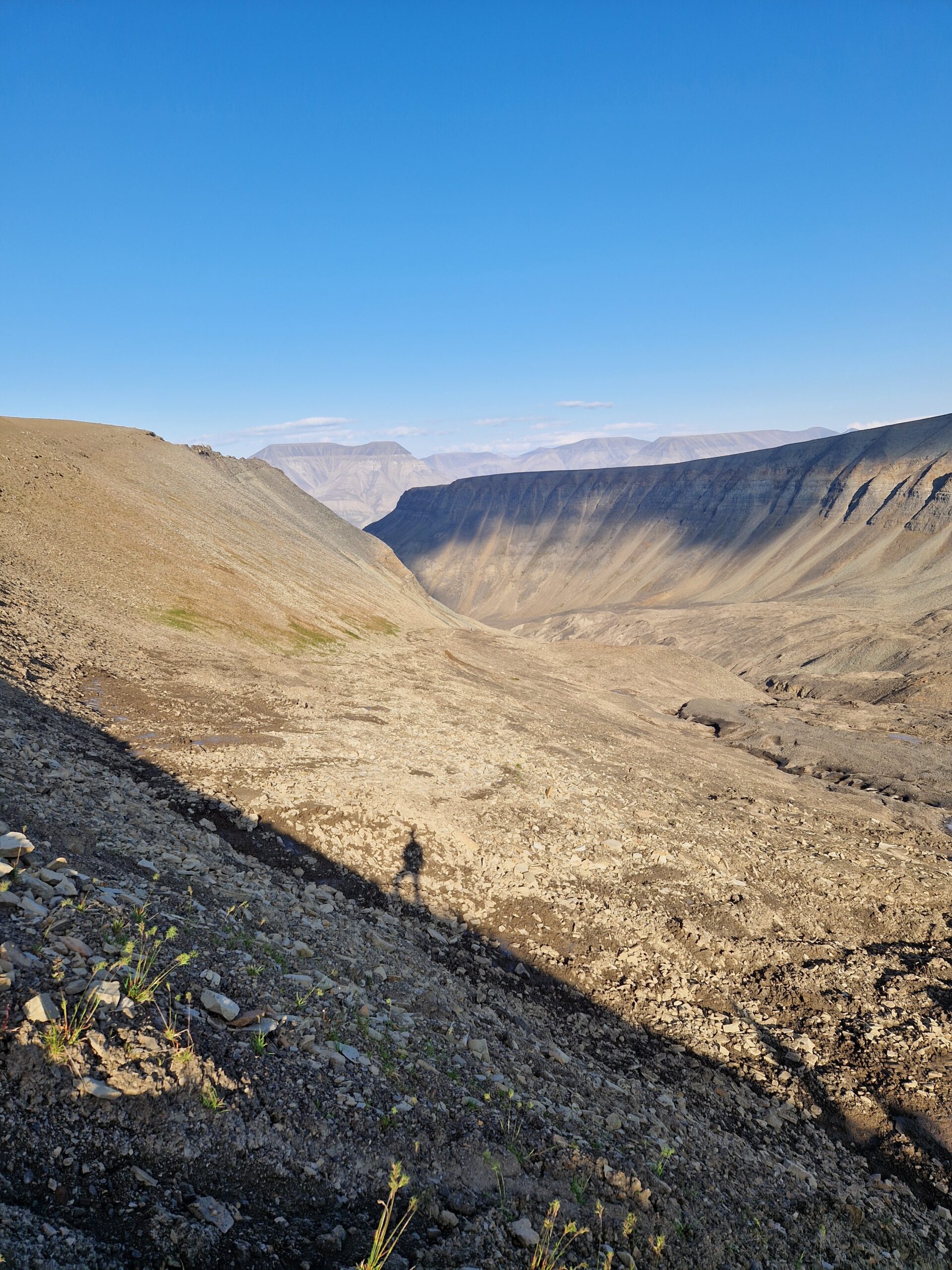I’m now halfway through my Arctic Safety course here on Svalbard, and it’s been an interesting journey so far. A lot of what we’ve been covering overlaps with things I studied during my bachelor’s in Safety and Security Management and in sociology, but looking at these concepts in the context of the Arctic environment has added a new layer to it.
The staff at UNIS have been amazing. They are highly motivated and passionate about sharing their knowledge. It’s been refreshing compared to some of my experiences at the University of Stavanger, where not all the teaching has been of a good standard. Here, the teaching feels meaningful, and I’ve been learning a lot.




In the course, we’ve been diving into the following topics:
- Arctic operational conditions: How the cold, isolation and extreme weather affect human safety.
- Psychological safety: Ensuring a supportive environment where people feel safe to voice concerns, especially in high-risk settings like the Arctic.
- Situational awareness: This is critical in such a fast-changing environment where every small shift can lead to major risks.
- Human factors methods: We’ve studied techniques like task analysis and human error identification to better understand how human error can be minimized.
We’ve also discussed Safety II and Safety III frameworks. Safety II shifts the focus from just preventing things from going wrong to ensuring things go right, emphasizing resilience and adaptability. Safety III takes it even further, looking at how systems, organizations, and human factors all interact to create safer operations.
With about four more weeks left in the course, I’m excited to see what’s next. The next part of the course will likely be more technical and management-focused. In the meantime, I’m trying to explore as much of this unique landscape as I can, although juggling that with my workload has been challenging.


Leave a Reply